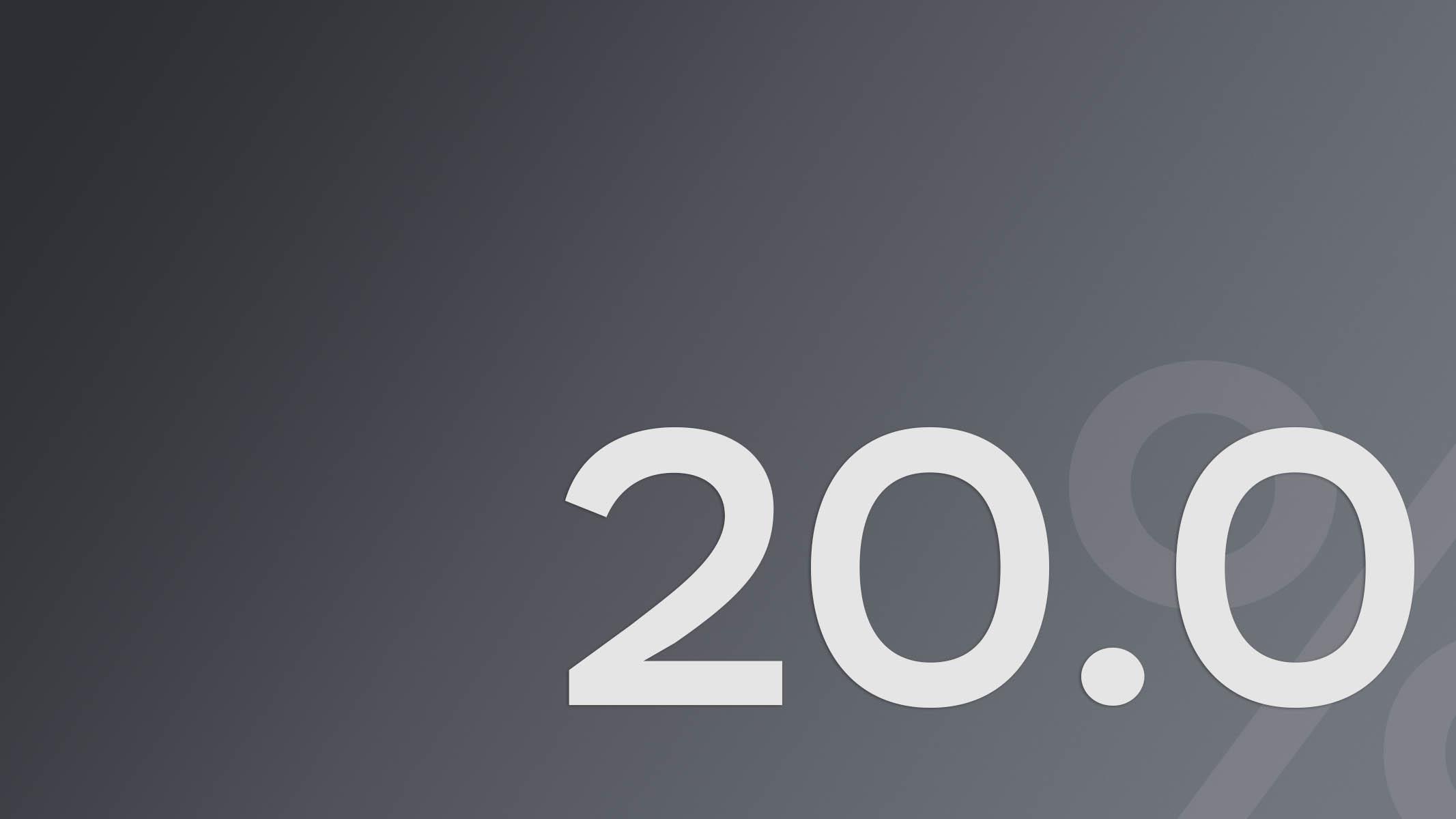On 18 March 2022, the Bank of Russia Board of Directors decided to keep the key rate at 20% per annum. Against the background of a drastic change in external conditions, the sharp increase in the Bank of Russia key rate of 28 February helped sustain financial stability and prevented uncontrolled price rises. The Russian economy is entering the phase of a large-scale structural transformation, which will be accompanied by a temporary but inevitable period of increased inflation, mainly related to adjustments of relative prices across a wide range of goods and services. The Bank of Russia’s monetary policy is set to enable a gradual adaptation of the economy to new conditions and a return of annual inflation to 4% in 2024.
Moving forward, in its key rate decision-making the Bank of Russia will take into account actual and expected inflation movements relative to the target and economic developments over the forecast horizon, as well as risks posed by domestic and external conditions and the reaction of financial markets.
Financial stability and monetary conditions. The drastic change in external conditions for the Russian economy that occurred at the end of February has created threats to financial stability. The Bank of Russia’s decision to increase in the key rate on 28 February and capital controls helped support the stable functioning of the Russian financial system.
Deposit rates are up significantly. This was instrumental in restoring the inflow of funds into fixed-term ruble deposits and stabilised household demand for cash. The Bank of Russia’s monetary policy helps make deposits more attractive, increasing households’ propensity to save.
Rising loan rates and more rigid borrower requirements in the context of higher uncertainty have led to a significant tightening in bank lending conditions. Against this background, a considerable weakening in credit activity is expected in the coming months. At the same time, the measures taken by the Bank of Russia to stabilise the financial market and regulatory relaxations will combine with the Government’s subsidised lending programmes to maintain the availability of credit resources for businesses, especially in the most vulnerable sectors, and reduce the scale of the expected economic downturn.
Inflation movements. Weekly estimates show that inflation has significantly accelerated since early March. Current price movements are largely driven by a surge in consumer demand for individual product categories against the background of higher uncertainty and rising inflation expectations, as well as the weakening of the ruble since the beginning of 2022.
The Russian economy is entering the phase of a large-scale structural transformation, which will be accompanied by a temporary but inevitable period of increased inflation, mainly related to adjustments of relative prices across a wide range of products and services. Business adaptation to the change in external conditions, including a changeover in production and supply chains, will become a key driver for movements in relative prices in the coming quarters.
Economic activity. Flash indicators, including the Bank of Russia’s business survey, suggest a deterioration of the situation in the Russian economy. Businesses in many industries are reporting production and logistic difficulties amid the trade and financial restrictions imposed on Russia. A sharp surge in uncertainly weighs heavily on the sentiment and expectations of households and businesses.
According to Bank of Russia estimates, GDP will reduce over the coming quarters. This decline will be mainly driven by supply-side factors, thereby producing a limited disinflationary effect. The stimulus measures being adopted by the Government and the Bank of Russia will limit the scale of economic downturn. A further recovery path of the Russian economy will be largely shaped by the degree and speed of its adjustment to new conditions.
Inflation risks. Proinflationary risks have considerably increased and are now prevailing over the entire forecast horizon. In the short term, the effect of proinflationary factors is likely to be accentuated by high and unanchored inflation expectations. Over a longer horizon, the Russian economy faces considerable uncertainty regarding the speed and scale of the adjustment of aggregate supply in response to the recent increase in trade and financial restrictions.
Economic activity and inflation dynamics will be largely impacted by fiscal policy decisions.
The Bank of Russia’s monetary policy is set to enable a gradual adaptation of the economy to new conditions and prevent uncontrolled price rises. Considering the above, annual inflation will return to 4% in 2024.
Moving forward, in its key rate decision-making the Bank of Russia will take into account actual and expected inflation movements relative to the target and economic developments over the forecast horizon, as well as risks posed by domestic and external conditions and the reaction of financial markets.
The Bank of Russia Board of Directors will hold its next rate review meeting on 29 April 2022. The press release on the Bank of Russia Board decision and the medium-term forecast are to be published at 13:30 Moscow time.
The reference to the Press Service is mandatory if you intend to use this material.

